Dan D’Agostino needs little or no introduction being the legend that he is on the high-end audio scene. Dan D’Agostino was the founder and chief engineer of Krell Industries through 2009 and he is perhaps the audio industry’s most passionate promoter of high-quality, high-powered amplification. His current brand, Dan D’Agostino Master Audio Systems, is unmistakable in its appearance with every product carrying his signature.
HP: Hi-fi is clearly a huge passion for you. How did you get into the industry and what drove you to make high-performance audio equipment, especially amplifiers?
DD: My dad got me started listening to music. I ended up working in the local hifi store and my passion for high-end audio took off from there.
As for amplifiers, I’m an engineer, and as I looked at the current products of the day, I saw that I could design an amplifier that was different than anything else. This amplifier started Krell. It was very well received, and I have been pushing the envelope ever since.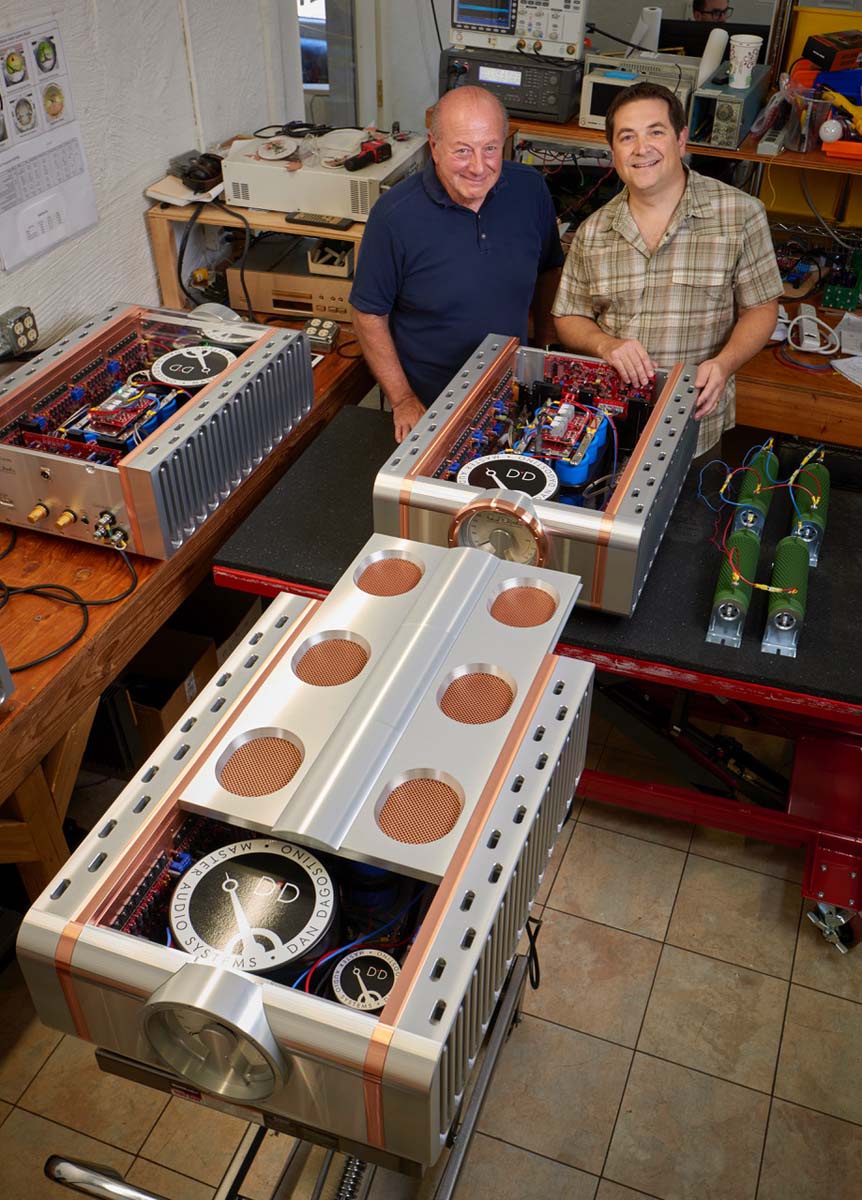
HP: Krell is a name which audiophiles of all ages will be familiar with and you were CEO and founder of the company from 1980 to 2009. Why did you leave and how did Dan D’Agostino Master Audio Systems come about?
DD: I was forced out of my own company by a minority investor, who had no idea what he was doing. After I exhausted all of my legal options, I decided I needed to move forward. My passion has always been high-end audio, so I started Dan D’Agostino Master Audio Systems to focus on equipment delivering two-channel stereo performance of the highest order.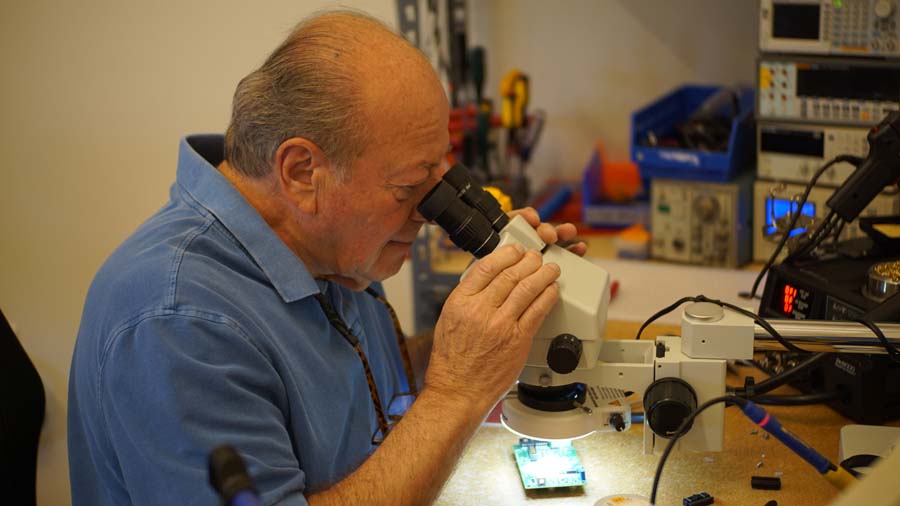
HP: Whilst at Krell you created some of the most iconic audio products ever, I certainly remember lusting after some of the big Krell amps in my teens and beyond, which are the products of this time that are standouts for you and why?
DD: The KRC-HR Preamplifier with phonostage and the KSA250 amplifier. Both were milestone products for Krell. They were sonic breakthroughs for my company and sold very well. Our company grew dramatically after the introduction of these models.
HP: What is your sonic philosophy – the core set of beliefs upon which you base your designs – and has it changed over time? How does it differ from that of other manufacturers of high-end amplification?
My sonic philosophy hasn’t changed over time but my approach to how I get there has changed significantly.
In the past, I was always searching for the latest and greatest technology in audio. Sometimes, that pursuit became more important than the end result.
With D’Agostino, I am only interested in the emotional connection that comes with listening to music.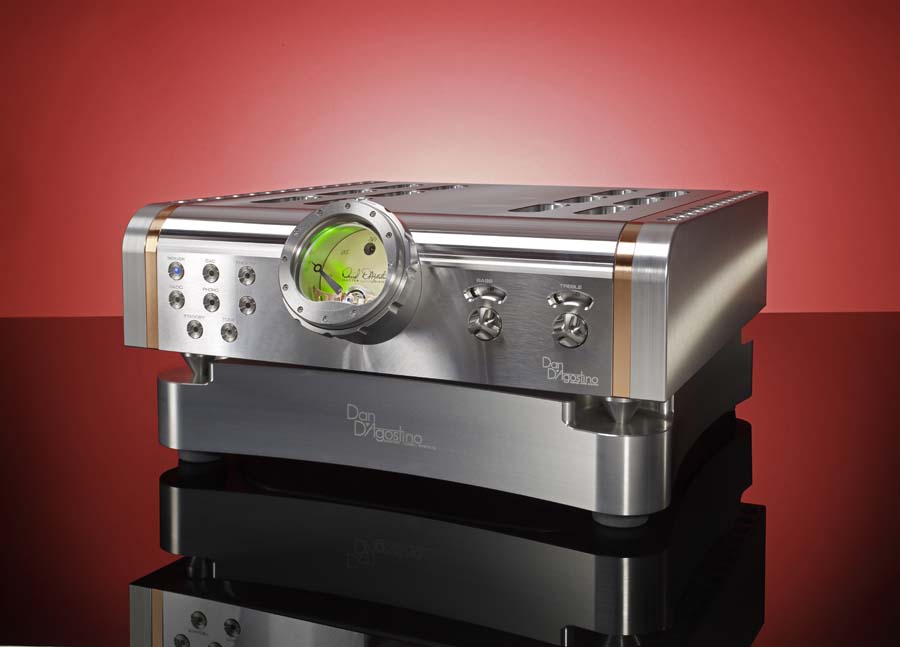
Now, we are still an engineering-driven company and use the finest components, manufacturing techniques, and circuitry we can find or develop. However, the paramount goal for D’Agostino Master Audio Systems’ components is the emotional experience from the sound.
HP: You are an advocate of high-powered and high-current amplifiers, with your flagship Relentless amplifier delivering 1500 Watts into 8 Ohms. What do you feel are the advantages of such high-powered amplifiers and what do they bring to the table sonically and why?
DD: It is not difficult to build a high-powered amplifier but it is difficult to build one that sounds good. The Relentless is a marvel. We have achieved our highest power output and also our lowest distortion figures. Over the two-year development period, I designed a special drive circuitry that provides a perfect match for the positive and negative rails. Coupled to this is an output stage that is running almost 100W of Class A operation. This means that the majority of your listening is in the most accurate operating state for electronics – Class A.
This hyper-accurate Class A amplifier is ensconced in a massive power delivery package that delivers virtually unlimited power into any speaker load. I like to think of it as a velvet hammer. Unlike most high-powered amplifiers, ours sound great at lower volumes and are completely unstressed at higher ones.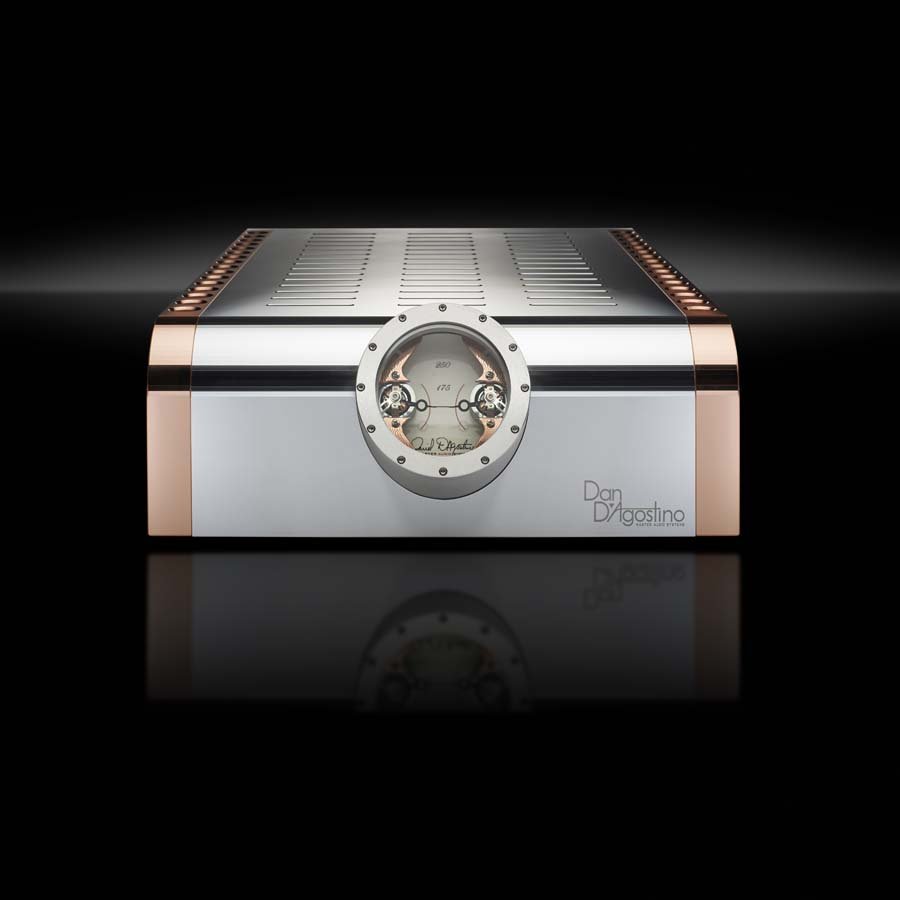
HP: Relentless is your flagship product, do you think there is anywhere to go after producing a product such as this, or do you think that a product can always be bettered in some way?
DD: In my experience, at some point, there will be an idea that elevates the existing designs to the next level. There are constant improvements in all aspects of our industry from components, manufacturing, source material, design software, etc. that we exploit at the right time. It is easy to make something different, the challenge is creating something better. My team of engineers and I are constantly discussing new ideas on how to improve what we produce.
HP: With the above question in mind, do you believe that an amplifier, or any bit of audio kit for that matter, that measures well will inherently sound better, or do you believe in a different approach?
DD: I think there is a disconnect between the measurements our industry is held to and how that relates to sound quality. Frankly, typical specifications don’t represent real-world situations in most cases. As I said, we are an engineering company and I hold our technical performance to a much higher standard than most. I don’t believe good specifications guarantee good sound. However, a poorly measuring amplifier does not have a chance of delivering a recording intact to a listener.
HP: When designing a new product what do you initially seek to achieve with the design from a sonic standpoint and how do you go about achieving this?
DD: Typically, I am always listening for information retrieval, staging delivery, and dynamic impact. It is these three elements that are the hallmark of our products.
HP: The design of your products is unmistakable, and I think rather beautiful, does form follow function or are the fantastic looks there for another reason. If form follows function can you explain a little to readers what is going on with the outward appearance of your products and how this affects performance?
DD: In our case, form definitely follows function. A great example is the use of Copper as a heat sink. The original idea for the Momentum Mono was a high- powered amplifier in a relatively small package. We were not going to add fans or lessen the power supply technology to achieve these typically mutually exclusive design features. Instead, we investigated a materials-based solution.
Copper is considerably more thermally conductive than conventional Aluminum. The result is the small footprint we wanted, impressive power output, and a very striking aesthetic appeal.
HP: Would you say your products are voiced a certain way or not? What are their sonic signatures, if they have any?
DD: Our products don’t have sonic signatures. We strive very hard to deliver the recordings unchanged and then drive loudspeakers to their full capability.
HP: Do you believe your amplifiers work best with a particular loudspeaker brand or type of loudspeaker?
DD: No, as I alluded to in the last question, we think we maximize the performance of any brand or type of loudspeaker. That doesn’t mean that I don’t have preferences, but our amplifiers are designed for any loudspeaker. It simply comes down to one’s preference.
HP: I see digital streaming devices in your portfolio which seems a whole new and very different ballgame to designing amplifiers, are you responsible for these designs and if not what is your input?
DD: In the past, we made some strong digital components so it is not as foreign as it might appear. Today, we work with some great digital software and hardware engineers to establish the core platform with our specifications. From there, it is our analogue circuitry we bring to bear on this exciting category.
HP: Your products come with a hefty price tag, do you have plans to make more affordable products or do you feel your target markets are adequately covered in your current portfolio?
DD: We do have plans to release more affordable products that borrow from our higher end models. We believe the perspective we have from designing and manufacturing reference level components will give our more affordable offerings a strong advantage over similarly priced competitors.
HP: Class D technology, your thoughts?
DD: Not interested.
HP: Do you attend many live concerts and what is your favoured musical style – if you have one?
DD: I love Jazz, I go to live concerts whenever I can.
HP: What is the piece of music you put on to wind down and relax to and would it be streamed or played on a record player?
DD: Both, but mostly I like to put on some old jazz. Art Farmer was awesome to see live and I still play his tune, “Big Blues” from one of his old albums.
HP: What most irritates you about the industry, save annoying journos asking daft questions of you?
DD: I think the most annoying thing about our industry is that we don’t band together as manufacturers and promote each others’ achievements. Almost everybody loves music but unfortunately, most people don’t know sound can be as good as we produce as an industry. Co-marketing or co-promotion campaigns would help us all get the word out.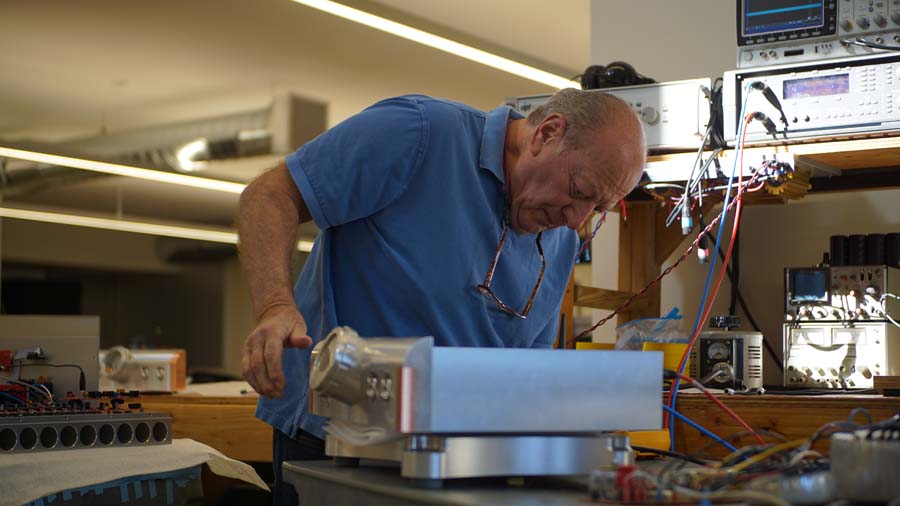
HP: There is a perception that those of us involved in the audio industry live and breathe music, but what do you do for relaxation when you are away from the office and Hifi?
DD: I like driving my cars and cooking.































































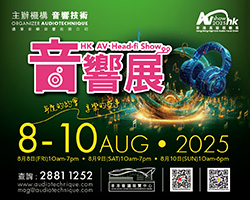



















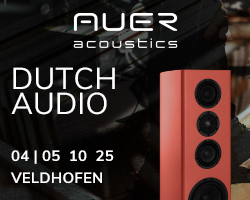













































































































You must be logged in to leave a reply.